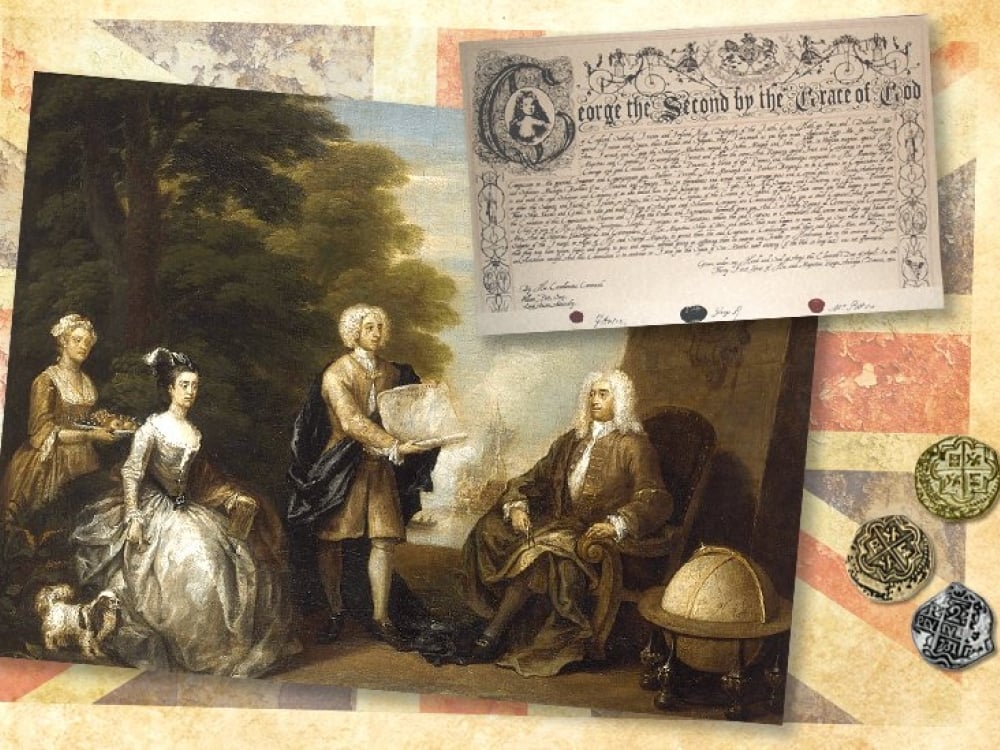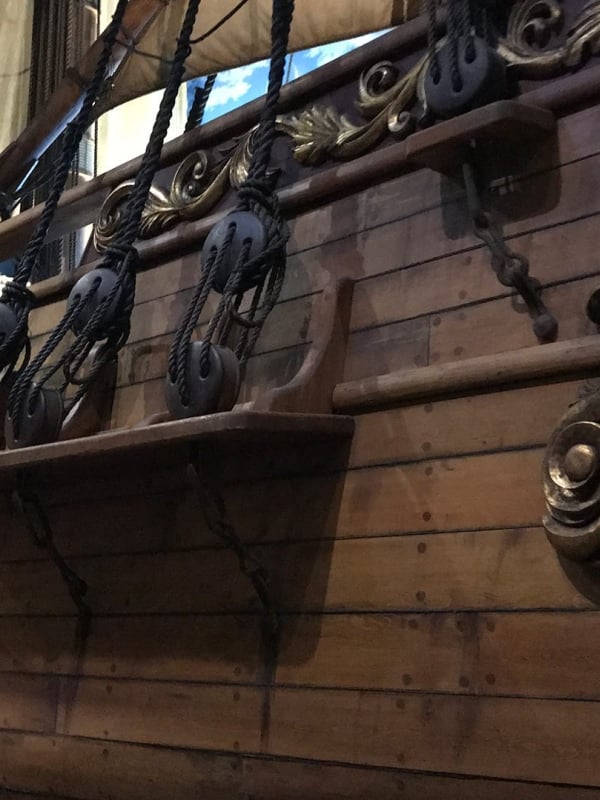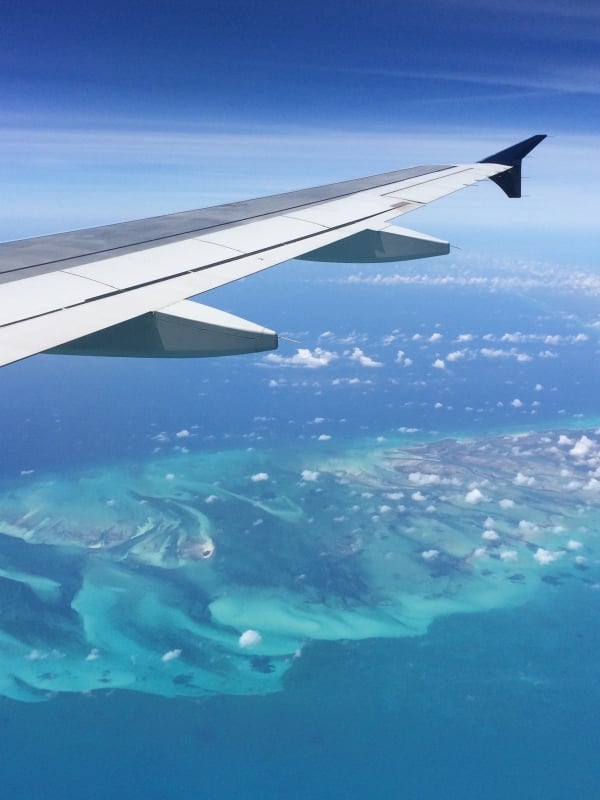A History of Nassau’s Pirates: The Golden Age
The Golden Age of Piracy in Nassau
High seas adventures, treasure and loot, great pirate fleets, and even greater pirate legends. No, it's not an adventure novel or the plot of the latest Hollywood blockbuster, it's the tale of many of the real-life pirates who ruled over the Caribbean seas from Nassau, Bahamas.
The Golden Age of Piracy spans nearly a century, thought by many to last from 1650 to the late 1720s. But for the Pirates of Nassau, the Golden Age was at its peak around the turn of the 18th century. Read on for true-life tales of the sea’s most fearsome and loot-loving pirates and what brought the Golden Age of pirates in Nassau to its final end.
The Beginning
The Legacy of Henry Avery
Piracy’s Golden Age is thought by many to have begun with Henry Avery, a famous pirate who looted close to $100,000 in riches after seizing many ships in the Indian Ocean. So bloody were the battles between merchant ships and Avery’s boat The Fancy that he was at the top of arrest lists across the globe. He sought refuge in Nassau in 1696 but caught word that the East India Trading Company had tracked him down in The Bahamas. Once warned, Henry Avery fled and was never seen or heard from again. Tales of Avery's success and his evasion of capture inspired a generation of pirates and ushered in the heyday of piracy in The Bahamas—what would become known as Piracy's Golden Age.
A Pirate’s Republic
The Ascendance of Benjamin Hornigold
No one quite knows where Benjamin Hornigold was from but his life as a pirate is believed to have begun in 1713, when he stationed himself in the protected harbors of Nassau, Bahamas and preyed upon Spanish merchant ships, gaining notoriety—and fortune—quickly over the next few years. It was Hornigold who declared Nassau a Pirate’s Republic. At the time there were about 100 locals in the port town and roughly 1,000 pirates, and dozens of surrounding secluded cays provided the perfect home base for pirates looking to ravage the Caribbean.
Aboard his ship The Ranger, one of the most heavily armed ships to sail the region, Hornigold attacked dozens upon dozens of ships sailing the waters of The Bahamas, but interestingly, was never reported to have attacked a single ship flying the British flag.
The Transformation of Edward Teach
Stories of Henry Avery’s success at sea and mysterious disappearance incited the minds of young men around the globe looking to change their fortunes. A young British man named Edward Teach was enraptured and inspired by Avery’s adventures, infamy, and mystery. Yearning to change his fortunes, Teach headed to Nassau in 1716. He enlisted as part of Benjamin Hornigold’s pirate crew and joined the growing population of Nassau, The Pirates Republic.
Hornigold made Edward Teach commander of one of his ships and together the two pirates amassed a pirate fleet with a crew of over 400, lead by the 40-gun frigate under Teach’s command—Queen Anne’s Revenge. It was during this period that Teach would become known as one of the most famous pirates history has ever known: Blackbeard.
The End of the Golden Age

The King’s Pardon
By 1717, Hornigold, Blackbeard, and rest of the pirates of Nassau ruled the waters of the Caribbean, wreaking havoc on cargo ships and collecting great fortunes. Little did they know that the end of the pirate’s life was close at hand.
On September 5, 1717, King George I issued the “Proclamation for Suppressing of Pirates”—The King’s Pardon. The British Crown was willing to grant clemency to any pirate who surrendered themselves to a governor of the colonies by September 5, 1718. Hundreds of pirates who believed they would be criminals and fugitives until they died were suddenly free to return to society. The offer was simply too good for many to pass up. Even Benjamin Hornigold accepted the King’s Pardon and spent his final years hunting pirates on behalf of Britain.
The Governor
On January 6, 1718, British captain Woodes Rogers was named Captain General and Governor in Chief of Nassau, effectively ending its period as a Pirate Republic. Many of the pirates living in Nassau at the time accepted the King’s Pardon and Rogers began to rebuild Nassau’s forts and restore order to the town. His governorship was not smooth sailing, however, as pirates like Blackbeard and Charles Vane fought to keep their hold on the island. Rogers would even leave his governorship and return to England for a time, but eventually returned to Nassau, where he ruled again as governor and live until his death in 1732, well after the Golden Age of pirates had ended.
Today in Nassau Paradise Island, you’ll still find hints of the piracy that ruled The Bahamas’ seas and shores, from ancient shipwrecks to historic forts to statues commemorating the great men of the day. Sail back in time to the golden age of pirates with a pirate-themed vacation itinerary filled with fun for the whole family!




